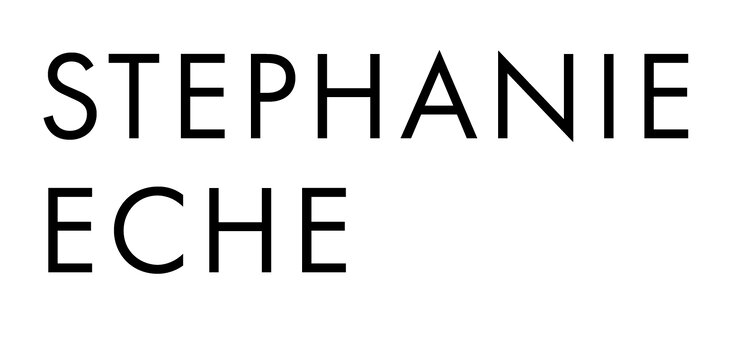I work with natural fibers and natural dyes to create handmade landscapes. I start by binding and wrapping cotton cord then dyeing it with indigo to create a variety of shades and shapes of blue. I then weave the cord into different patterns using a loom. I often start with a sketch or a memory, but I work intuitively once I am on the loom.
This series of handmade landscapes is inspired by bodies of water, access to water, and the landscapes that water creates. Growing up in the valley of the sun near Phoenix, Arizona, I looked forward to trips to southern California where my cousins lived because it meant a trip to the beach. I associate beaches and large bodies of water with youthfulness, naivety, and bliss.
As an adult, I've found myself gravitating towards water, especially the waterfront at Brooklyn Bridge Park over the past year. Water is one of our most precious resources and yet we often don't even think about how much water we use, nor about how many industries use and waste water. Drought, sea level rise, water pollution, and depleting water sources heavily impact our day-to-day lives now, and will even more so in the near future.
Indigo dyeing uses water in a very specific way to create a chemical reaction that enables the indigo to affix to fabric. I am inspired by the chemistry of indigo and the history of indigo dyeing, which has been done for centuries all over the world. Indigo dye was a major colonial cash crop and precipitated the use of slave labor in the United States and elsewhere. Indigo, both natural and synthetic, remains a commodity today and is most recognizable in blue jeans, a symbol of our continued dependence on cheap labor and resource exploitation.
My work serves as a meditation on these issues and provides me a tangible way to cope.
“. . . I try to follow the threads where they lead in order to track them and find their tangles and patterns crucial for staying with the trouble in real and particular places and times.”
—Donna J. Haraway, Staying with the Trouble: Making Kin in the Chthulucene













